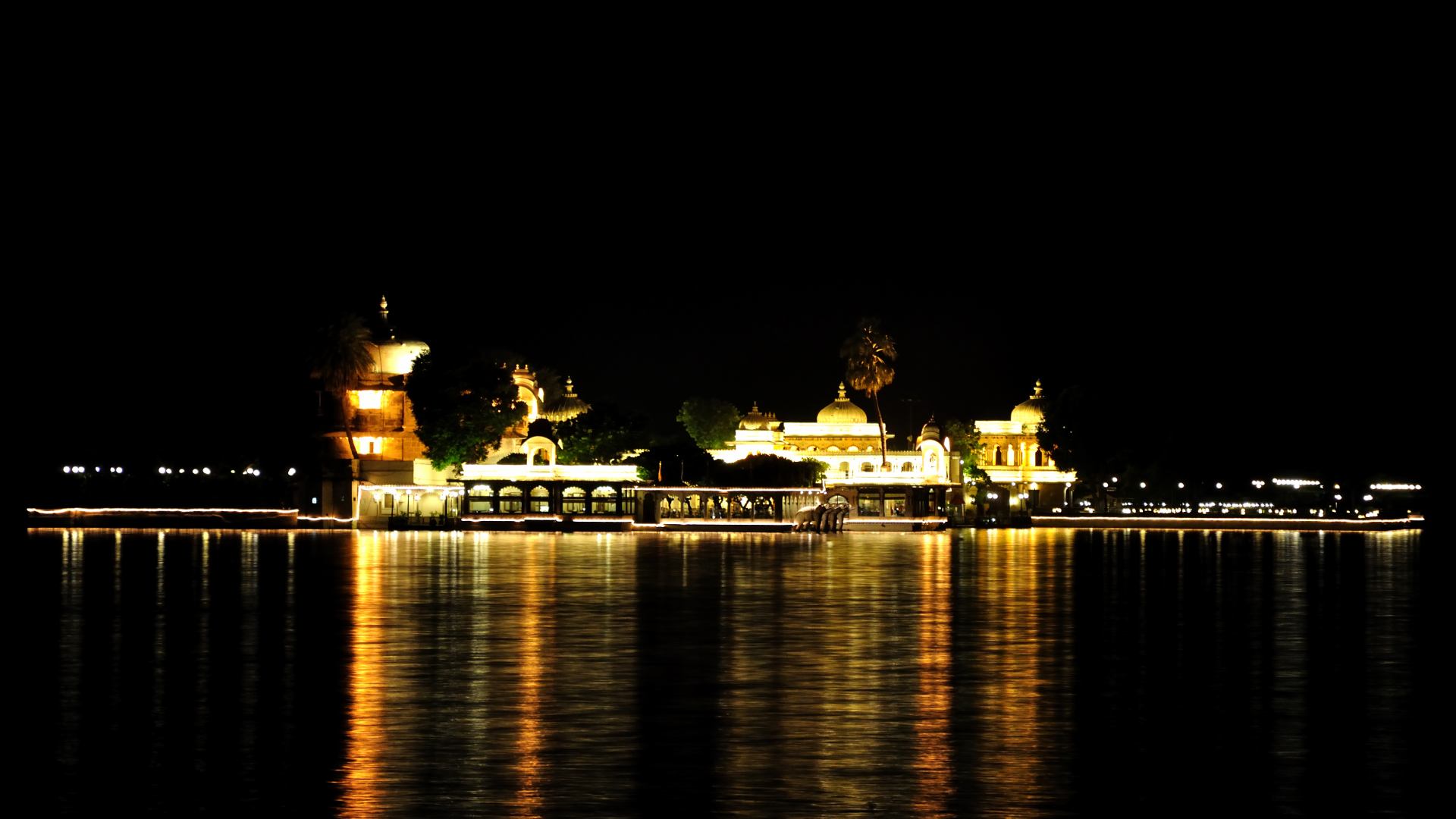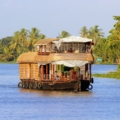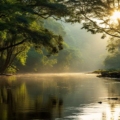Jag Mandir Palace stands as a testament to grandeur and magnificence, encapsulating centuries of history and cultural richness within its walls. Situated amidst the serene waters of Lake Pichola in Udaipur, Rajasthan, India, this architectural marvel beckons visitors from around the globe to embark on a journey through time and elegance.
Historical Background
Construction and Origins
The origins of Jag Mandir Palace date back to the 17th century when it was commissioned by the royal family of Mewar. Built on an island in Lake Pichola, the palace boasts intricate craftsmanship and stunning architectural design.
Architectural Style
The architectural style of Jag Mandir Palace reflects a fusion of Rajput and Mughal influences, characterized by ornate domes, delicate carvings, and exquisite marble work.
Significance of Jag Mandir Palace
Cultural Importance
Jag Mandir Palace holds immense cultural significance as it served as a refuge for royalty during times of political turmoil. It also served as an inspiration for poets, artists, and writers across generations.
Architectural Marvel
Renowned for its architectural brilliance, Jag Mandir Palace showcases the finest examples of Rajput architecture, captivating visitors with its majestic beauty and intricate detailing.
Features of Jag Mandir Palace
Island Location
The unique island location of Jag Mandir Palace adds to its allure, offering visitors a sense of exclusivity and tranquility amidst the shimmering waters of Lake Pichola.
Intricate Design Elements
The palace boasts a plethora of intricate design elements, including marble pavilions, carved balconies, and beautiful frescoes, each contributing to its timeless charm.
Courtyards and Gardens
The lush courtyards and manicured gardens within Jag Mandir Palace provide a serene retreat, inviting visitors to immerse themselves in the tranquil ambiance and natural beauty.
Notable Attractions Within the Palace
Gul Mahal
Gul Mahal, also known as the Flower Palace, is one of the most iconic structures within Jag Mandir Palace, adorned with stunning floral motifs and delicate ornamentation.
Darikhana
Darikhana, the royal dining hall, exudes grandeur and opulence, featuring intricately carved arches, ornate chandeliers, and exquisite furnishings.
Kunwar Pada ka Mahal
Kunwar Pada ka Mahal, named after Prince Khurram (later Emperor Shah Jahan), showcases intricate mirror work, vibrant murals, and stunning views of the surrounding landscape.
Royal Events and Functions
Weddings and Celebrations
Jag Mandir Palace has been witness to numerous royal weddings and grand celebrations, each adding to its rich tapestry of history and tradition.
Cultural Festivals
The palace also hosts a variety of cultural festivals and events, showcasing the vibrant heritage and traditions of Rajasthan to visitors from around the world.
Restoration Efforts and Conservation
Preservation Initiatives
In recent years, efforts have been undertaken to preserve and restore Jag Mandir Palace, ensuring that its architectural splendor and cultural heritage are safeguarded for future generations.
Maintenance Challenges
However, the preservation of such a historic monument presents numerous challenges, including the effects of weathering, environmental factors, and the need for ongoing maintenance and upkeep.
Visiting Jag Mandir Palace
Accessibility
Jag Mandir Palace is accessible via boat rides from various points around Lake Pichola, offering visitors a scenic journey to this enchanting island retreat.
Ticketing and Tours
Tickets for visiting Jag Mandir Palace can be purchased at designated points, with guided tours available to provide visitors with insights into its rich history and architectural significance.
Experience of Visitors
Testimonials and Reviews
Visitors to Jag Mandir Palace have often expressed awe and admiration for its breathtaking beauty, with many describing it as a highlight of their travel experience in Rajasthan.
Impact on Tourism
Economic Contribution
Jag Mandir Palace plays a significant role in promoting tourism in Udaipur, contributing to the local economy through visitor spending, hospitality services, and cultural exchanges.
Cultural Exchange
The palace serves as a cultural hub, fostering dialogue and exchange between visitors from diverse backgrounds, enriching their understanding of Rajasthan’s rich cultural heritage.
Legacy of Jag Mandir Palace
Historical Significance
As a symbol of Mewar’s rich history and royal legacy, the palace located on the island in Lake Pichola occupies a special place in the hearts of the people of Rajasthan and continues to inspire awe and admiration.
Symbol of Heritage
Its majestic architecture and storied past make the palace a symbol of Rajasthan’s rich cultural heritage, serving as a reminder of a bygone era of opulence and grandeur.
Future Prospects and Developments
Tourism Promotion
Efforts are underway to further promote Jag Mandir Palace as a premier tourist destination, showcasing its unique blend of history, architecture, and natural beauty to a global audience.
Sustainability Measures
Plans are also in place to implement sustainable practices and conservation efforts to ensure that Jag Mandir Palace remains a beacon of heritage and beauty for generations to come.
Conclusion
In conclusion, Jag Mandir Palace stands as a timeless testament to the grandeur and elegance of Rajasthan’s royal legacy. With its breathtaking architecture, rich history, and cultural significance, it continues to captivate the hearts and minds of visitors from around the world.
FAQs
What is the optimal time to visit the Palace located on the island in Lake Pichola?
The best time to visit the palace is during the winter months, from October to March, when the weather is pleasant and ideal for exploring the palace and its surroundings.
Are photography and videography allowed inside the palace?
Yes, photography and videography are generally allowed inside the palace, although visitors are advised to check with the authorities for any specific restrictions or guidelines.
How much time does a typical tour of the palace usually take?
A typical visit to the palace can last anywhere from 1 to 2 hours, depending on the pace of exploration and interest in the various attractions within the palace complex.
Are there any restaurants or dining options available on the island?
Yes, the palace features several restaurants and dining options, offering visitors a chance to savor delicious Rajasthani cuisine amidst the stunning backdrop of Lake Pichola.


